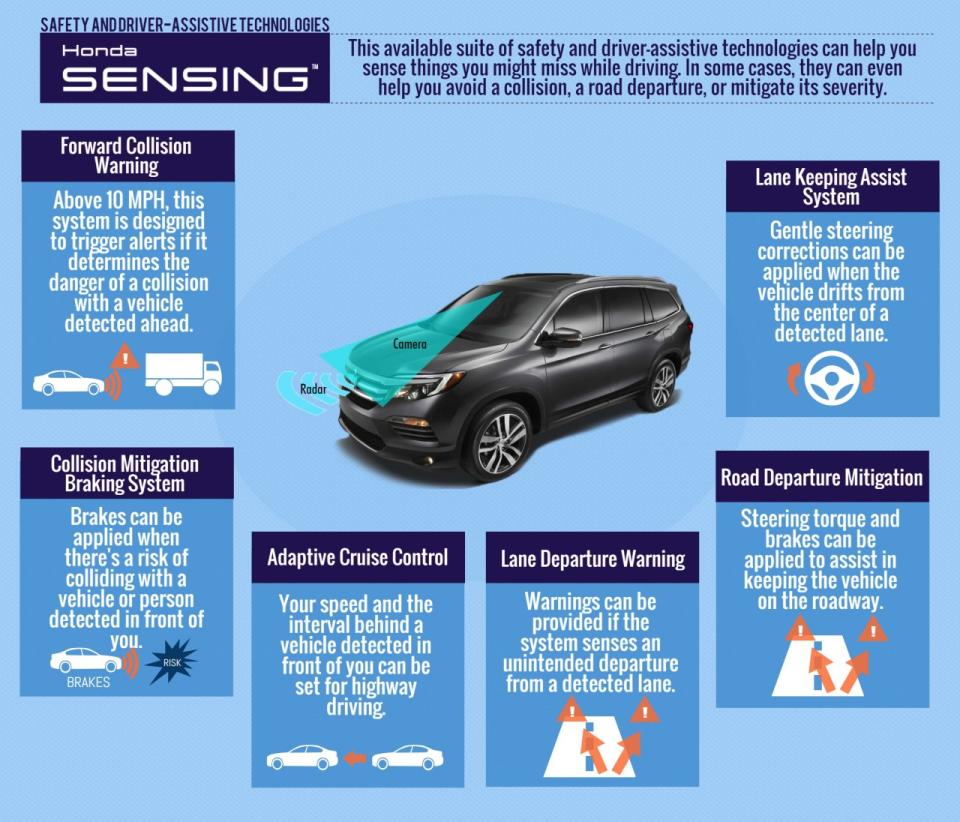Honda’s Best New Feature Is Not What You’d Think
If you’re familiar with Honda and Acura’s racing pedigree, you may assume performance and handling is the Japanese automaker’s selling point. You’d be wrong, however. Or, maybe you’ve read enough JD Power reliability studies to expect that its dependability tops the list.
Again, wrong.
It’s not its fuel efficiency or its interior quality or the fact today’s Acuras boast 16 billion light bulbs in every headlamp it makes. It’s not its trunk space, either, or that its acclaimed minivan features a built-in vacuum.
Its best new feature? The unassumingly-named “Honda Sensing” package— specifically the Lane-Keeping Assist technology bundled within—that out-robots its competition by leagues. It arrives for just an extra $1,000, and this is—by far—the best $1,000 you can spend.
Technology that takes the wheel, keeping you between the lanes, has become old news. Every mainstream automaker is developing a form of autonomous motoring, some more aggressively than others. Tesla, for instance, has a full “Auto Pilot” mode that is now active on many Model S sedans, and companies like Nissan have promised semi-autonomous machines by 2020. Even Google and Apple are getting in on the act.
What’s impressive with Honda’s technology is that, well, it works. And it’s available on many of its models, including Acuras, for a price akin to the average new vehicle sales price of $32,000. The 2017 Civic will offer the “Honda Sensing” package on all trims, for around the $1,000 premium it goes for in the new Pilot ($1,800 in the new Accord). And the Civic will arrive with adaptive cruise control that not only maintains the speed of the car in front but will come to a complete stop if necessary. This is a first for Honda, and proves that a full-on semi-autonomous vehicle from the Japanese manufacturer can’t be far away.

So you can now get this technology for cheap, on cheap cars. That’s all well and good, but what makes it better still is how sorted Honda’s tech is. The Lane-Keep Assist does require you to touch the steering wheel every 10 seconds or so to let it know you’re there. This is more of a fail-safe, eliminating the chance for drivers to simply move to the back seat and nod off. Beyond this limitation, the system will handle relatively sharp bends all by itself, recognize most colored lanes—including dotted lines and off-ramps—and keep you centered and on your way. The adaptive cruise control will also ensure your speed is taken care of, no matter what occurs in front.

 Yahoo Autos
Yahoo Autos 